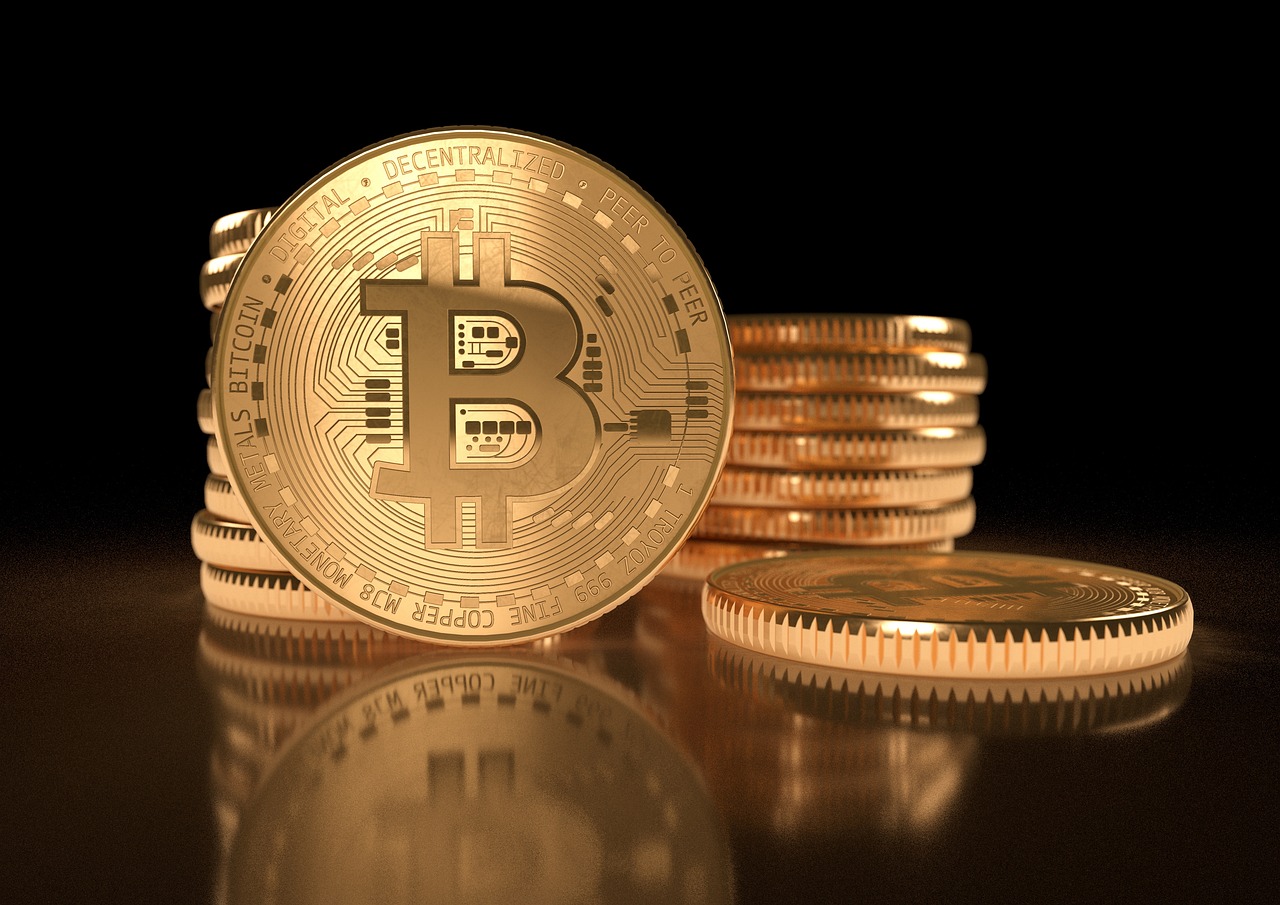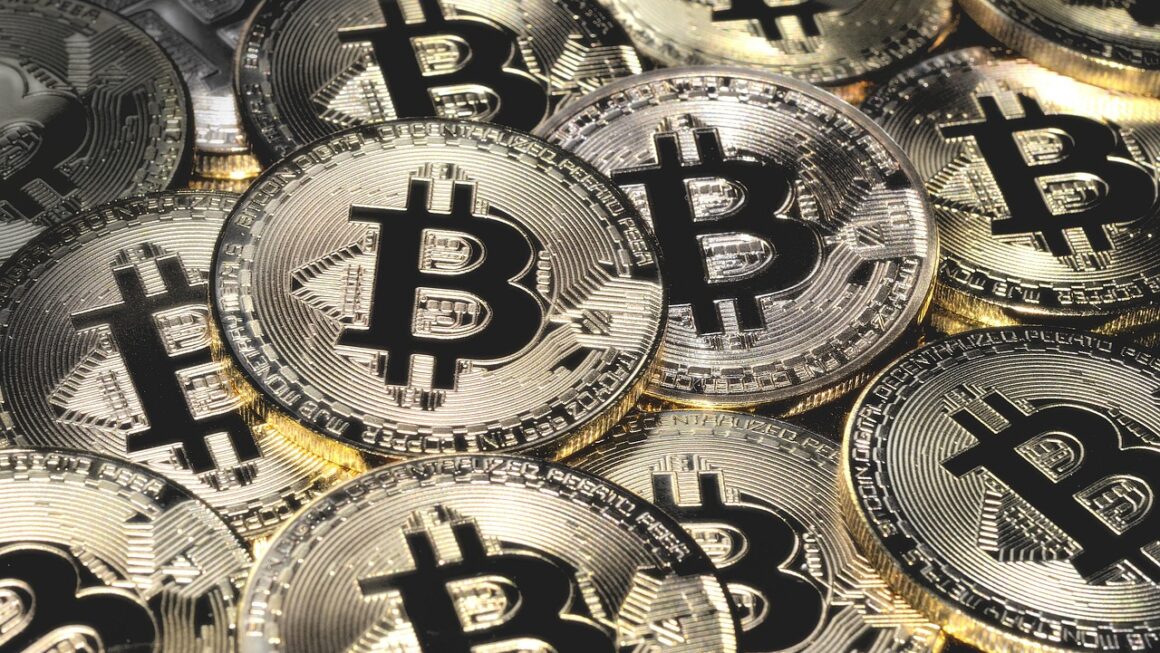Altcoins. The very name conjures images of alternative realities within the vast crypto landscape. Beyond Bitcoin, a diverse ecosystem of cryptocurrencies exists, each with its own unique purpose, technology, and potential. Understanding altcoins is crucial for anyone looking to navigate the digital asset world, whether as an investor, a developer, or simply someone curious about the future of finance. This guide delves deep into the world of altcoins, exploring their types, benefits, risks, and how to approach them responsibly.
What are Altcoins?
Definition and Scope
Altcoins, short for “alternative coins,” are any cryptocurrency other than Bitcoin. They represent a massive and constantly evolving segment of the crypto market. While Bitcoin pioneered the blockchain and cryptocurrency concept, altcoins aim to improve upon or offer alternatives to Bitcoin’s limitations or functionalities. They often introduce new technologies, governance models, or use cases.
For more details, see Investopedia on Cryptocurrency.
Historical Context
The first altcoin, Namecoin, was created in 2011. Since then, thousands of altcoins have emerged, each seeking to carve out its own niche. This proliferation reflects the open-source nature of blockchain technology, allowing developers to create and launch their own cryptocurrencies.
Market Capitalization
The combined market capitalization of altcoins represents a significant portion of the overall cryptocurrency market. This number fluctuates significantly based on market sentiment, technology advancements, and adoption rates. Resources like CoinMarketCap and CoinGecko offer up-to-date data on the market capitalization of individual altcoins and the altcoin market as a whole. For example, as of late 2023, the altcoin market capitalization represented well over 40% of the total crypto market cap, demonstrating its substantial impact.
Types of Altcoins
The altcoin landscape is incredibly diverse. Here’s a breakdown of some of the most common categories:
Mining-Based Altcoins
These altcoins use a proof-of-work (PoW) consensus mechanism, similar to Bitcoin, to validate transactions and secure the network. Miners compete to solve complex mathematical problems, and the winner gets to add the next block to the blockchain and receive cryptocurrency as a reward. Litecoin (LTC) is a prime example of a mining-based altcoin that aimed to improve upon Bitcoin’s transaction speed.
Stablecoins
Stablecoins are designed to maintain a stable value relative to a specific asset, such as the US dollar or gold. They aim to provide the benefits of cryptocurrencies (e.g., fast transactions, global accessibility) without the volatility associated with other cryptocurrencies. Examples include Tether (USDT), USD Coin (USDC), and Dai (DAI). They are crucial for decentralized finance (DeFi) applications and often used as a bridge between traditional finance and the crypto world.
Security Tokens
These tokens represent ownership in a real-world asset, such as equity in a company, real estate, or artwork. They are often subject to securities regulations and offer investors fractional ownership and increased liquidity.
Utility Tokens
Utility tokens provide access to a specific product or service on a blockchain network. They are not intended as investments but rather as a means of participating in the ecosystem. For example, Basic Attention Token (BAT) is a utility token used in the Brave browser to reward users for viewing ads.
Governance Tokens
Governance tokens give holders the right to vote on proposals and participate in the decision-making process of a blockchain project. This allows for decentralized governance and community involvement in the development and evolution of the project. Maker (MKR) is a well-known example, granting holders governance rights within the MakerDAO ecosystem.
Benefits and Risks of Investing in Altcoins
Potential Benefits
- Higher Growth Potential: Altcoins, particularly newer ones, can offer the potential for higher returns than Bitcoin, although this comes with increased risk.
- Technological Innovation: Many altcoins introduce innovative technologies or address specific industry needs.
- Diversification: Investing in altcoins can diversify your crypto portfolio and potentially reduce overall risk.
- Access to New Ecosystems: Altcoins can grant access to emerging decentralized applications (dApps) and blockchain platforms.
Risks to Consider
- Higher Volatility: Altcoins are generally more volatile than Bitcoin and can experience significant price swings.
- Lower Liquidity: Some altcoins have low trading volumes, making it difficult to buy or sell large amounts without impacting the price.
- Scams and Fraud: The altcoin market is rife with scams and fraudulent projects, including pump-and-dump schemes and rug pulls.
- Regulatory Uncertainty: The regulatory landscape for altcoins is still evolving, and changes in regulations could negatively impact their value.
- Technological Risks: Altcoins may suffer from technological flaws, vulnerabilities, or lack of adoption.
- Example: Investing in a promising new layer-2 scaling solution altcoin could yield significant returns if the technology is successful and widely adopted. However, there’s a risk that the technology might not work as intended, a competitor could develop a better solution, or the project could fail due to lack of funding or community support.
How to Research Altcoins
Thorough research is paramount before investing in any altcoin.
Due Diligence Checklist:
- Whitepaper Analysis: Carefully read and understand the project’s whitepaper, which outlines its goals, technology, and roadmap.
- Team Evaluation: Research the team behind the project and their experience, credibility, and track record. Look for publicly available information and check their social media presence on platforms like LinkedIn.
- Technology Audit: Look for independent audits of the altcoin’s codebase to identify potential vulnerabilities.
- Community Engagement: Assess the size and activity of the project’s community on platforms like Reddit, Telegram, and Discord.
- Market Capitalization and Volume: Analyze the altcoin’s market capitalization and trading volume to assess its liquidity and market demand.
- Tokenomics: Understand the token distribution, supply schedule, and any mechanisms that may affect its price.
- Use Case and Adoption: Evaluate the real-world use case of the altcoin and its potential for adoption. Is it solving a genuine problem, and is anyone actually using it?
- Competitor Analysis: Identify other projects in the same space and assess the altcoin’s competitive advantages.
- Partnerships and Integrations: Look for partnerships and integrations with other projects or companies, which can indicate legitimacy and potential for growth.
- Example: Before investing in a new DeFi altcoin, you should thoroughly examine its smart contract code, assess the security measures in place, understand the project’s governance model, and evaluate the potential risks of impermanent loss. Checking for audits from reputable firms such as CertiK or Quantstamp is crucial.
Resources for Research
- CoinMarketCap & CoinGecko: Provide market data, charts, and information on various altcoins.
- Project Websites & Whitepapers: Official sources of information about each altcoin.
- Block Explorers: Allow you to view transaction data and verify the functionality of the blockchain.
- Crypto News Websites & Forums: Keep you updated on the latest developments and trends in the altcoin market. Reputable examples include CoinDesk, CoinTelegraph, and Decrypt.
Security Considerations
Wallet Selection
Choosing a secure wallet is crucial for protecting your altcoin holdings. Options include:
- Hardware Wallets: Offer the highest level of security by storing your private keys offline. Examples include Ledger and Trezor.
- Software Wallets: Available as desktop or mobile apps. They are more convenient but less secure than hardware wallets. Examples include Trust Wallet and Exodus.
- Exchange Wallets: Storing your altcoins on an exchange is the least secure option, as you don’t control your private keys. Only use exchange wallets for short-term trading.
Best Practices for Security
- Enable Two-Factor Authentication (2FA): Adds an extra layer of security to your accounts.
- Use Strong, Unique Passwords: Avoid using the same password for multiple accounts.
- Keep Your Software Updated: Regularly update your wallet software and operating system to patch security vulnerabilities.
- Beware of Phishing Scams: Be cautious of emails, messages, or websites that ask for your private keys or personal information.
- Backup Your Wallet: Create a backup of your wallet’s seed phrase or private keys and store it in a safe place.
- Consider Multi-Sig Wallets: For larger holdings, consider using a multi-signature wallet, which requires multiple approvals to authorize transactions.
- Example:* If you are holding a significant amount of a particular altcoin, it is best practice to store it on a hardware wallet. Using a simple password and not enabling 2FA on your exchange account can make you vulnerable to hacks and theft.
Conclusion
The world of altcoins presents both exciting opportunities and significant risks. By understanding the different types of altcoins, conducting thorough research, and prioritizing security, investors can navigate this complex landscape more effectively. Remember to always do your own research (DYOR) and never invest more than you can afford to lose. The key to success in the altcoin market is to stay informed, remain vigilant, and approach it with a well-defined strategy and a healthy dose of skepticism.
Read our previous article: Tech Evolved: Navigating AI Ethics & Quantum Leaps




